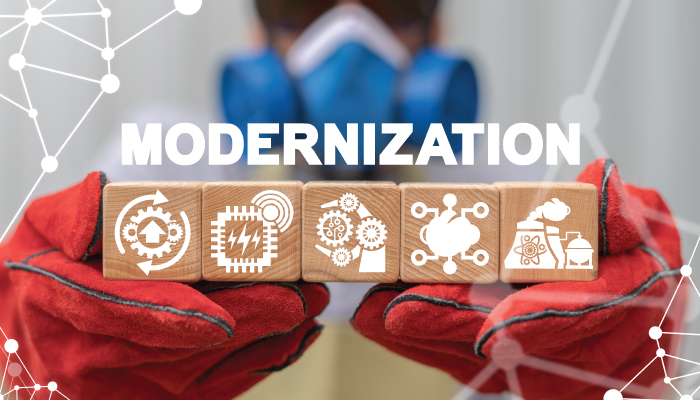Cloud computing has expanded far beyond the realm of traditional large-scale providers, now encompassing a wide array of application development strategies and modern infrastructure solutions. While these technologies can be utilized in private or hybrid cloud setups, cloud adoption often serves as the key driver for innovation. This marks a significant departure from the early days of cloud technology, when vendors predicted the decline of enterprise data centers.
Today, cloud providers offer solutions that deliver API-consistent versions of core public cloud services. Alongside these hybrid offerings, many organizations are turning to multi-cloud strategies, allowing them to operate across multiple cloud platforms for enhanced flexibility and operational efficiency.
Cloud Modernization: Unlocking Potential
Cloud modernization is about fully harnessing cloud-native technologies like serverless computing and Kubernetes. Here are several strategies to guide businesses through the cloud modernization process:
Re-platforming
Re-platforming refers to the process of migrating existing applications to the cloud with minimal changes—often known as a "lift-and-shift" method. This approach can provide immediate benefits, such as reducing data center costs or enhancing application stability. However, it doesn't address underlying inefficiencies. If an application was inefficient before migration, it will likely remain inefficient in the cloud. While once widely adopted, re-platforming is now seen as an outdated and expensive strategy. The longer legacy applications remain unoptimized in the cloud, the more complex and costly it becomes to modernize them.
Modernize Before Migrating
Another approach is to modernize applications before migrating them to the cloud. Organizations that have been slower to adopt cloud technologies can learn from early adopters by focusing on modernization first. This often involves containerizing legacy applications and building new applications with container technology. Multi-cloud container platforms can operate across all major cloud providers, making migration smoother and more flexible. Once modernized, these applications are much easier to transition to public cloud platforms.
Migrate First, Modernize Later
Some organizations opt to migrate their applications to the cloud first and then focus on modernization. This strategy might include shifting from traditional databases to managed cloud database services or integrating cloud-native tools like serverless architecture and Kubernetes. This approach is often most effective when only a small number of applications are modernized initially to serve as models for future projects. Early wins provide valuable insights for development teams and allow operational teams to transition into more efficient, platform-based groups. Starting with these early successes is essential before diving into more complex modernization efforts.
Embracing SaaS Solutions
Software as a Service (SaaS) is rapidly transforming many enterprise applications, including HR systems and enterprise resource planning (ERP) software. SaaS solutions are gaining traction in IT departments because they reduce the need for constant maintenance and updates. As SaaS adoption continues to rise, IT teams can focus more on strategic priorities rather than routine tasks. The growing demand for SaaS will place IT leaders in a pivotal role as they manage and optimize these solutions.
Rebuilding with Cloud-Native Applications
In some cases, modernizing older applications may not be the most practical or cost-effective route. Instead, businesses may choose to rebuild applications as cloud-native, containerized solutions. Many companies are replacing their monolithic systems with more flexible, cloud-native alternatives. Additionally, low-code platforms are enabling non-technical users to develop custom applications that address specific business needs. Though rebuilding requires a significant upfront investment, the long-term improvements in performance, scalability, and user experience make it a worthwhile endeavor.
Blending Cloud Modernization Approaches
It’s important to recognize that cloud modernization strategies are not mutually exclusive. Most organizations combine several of these methods based on their specific needs and cloud provider partnerships. This growing understanding reflects the larger trend of IT modernization, where cloud technology serves as the key tool to achieve business goals efficiently and effectively.





Comments